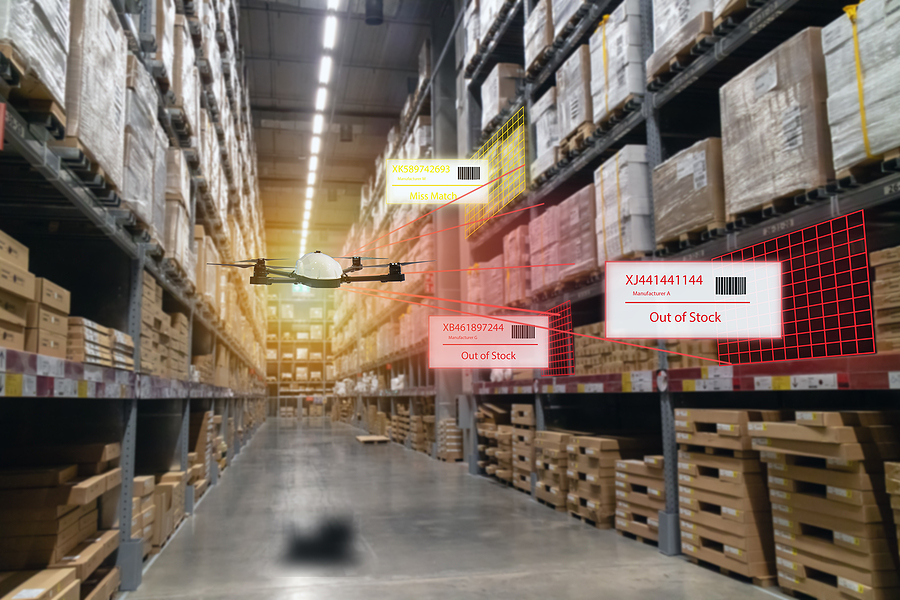
Building an ecosystem to make useful robots
By James Kell, Rolls Royce
“What is a robot?” I get asked that often, and I find my answer changes each time! But at its core, I describe a smart machine that helps me do a task. Whether sweeping the floor, performing keyhole surgery or repairing the inside of a 7 tonne, $35M jet engine, it ‘extends human capabilities’ or takes care of tasks that I cannot or don’t want to do. I think confusion stems from the reality that a robot, the moment it is successful, isn’t called a robot anymore! It’s a satellite, a submersible, a drone, a self-driving car or even a phone. But I worry if we don’t recognise we are using robots in so much of our lives we will never shake the negative perceptions of robots that science fiction has created.
In my work, I’m not looking for a robot, I’m after a solution to a problem. More often than not, there is a smart machine out there developed (at least in part) by someone else that can help. This is why we started working with University of Nottingham on a series of snake like robots for jet engine inspection and maintenance. It was a case of finding the right people to collaborate with.
I’ve been working with the Robotics Growth Partnership for about a year now, and love the enthusiasm and insights from the group’s members. They are as passionate as I am about the opportunity we have to harness and organise the brilliant minds and capabilities of innovators, researchers and the public across the UK. I could not do my work at Rolls Royce on my own. Collaboration is the key to unlocking the potential in these smart machines to solve many of our problems – whether at work or for the grand challenges of society.
The UK is small enough to collaborate well, but big enough to be a global leader. But to be successful we will need new tools, in particular better, cheaper digital twins – synthetic environments where we can develop and test new approaches before we test them in real world environments on our $35m engines.
Collaboration needs coordination: Government is critical to convening and leading, creating new ways and incentives to work better together. The new tools will only equip our researchers and SMEs to accelerate product development, validation and speed to market if they can trust each other and all both contribute and benefit. We need new ways for big industry (companies like mine) to have their challenges understood and find new partners to work with, to learn together to develop solutions and put them in place quicker. And if we join up the academics and link across our innovation infrastructure and existing test areas, we will accelerate the adoption of smart machines and unleash the multiple benefits they bring.
The RGP recognises this and has been working with Tortoise Media on a series of ThinkIns to open up our discussions to wider groups. These conversations have really challenged my thinking and highlighted areas I’d overlooked. I work with a lot of young people but hadn’t previously seen our cyber-physical campus proposal as a beacon for local schools and colleges to excite young minds into careers with smart machines. These conversations remind me how lucky I am to work in this field, and at this time. It feels as if we are on the cusp of a robotic adoption in all sectors of the economy and society.
So lets not worry about a label, if we can get a smart machine to extend our human capabilities or do something that we don’t want to, then we’ll all start to see the benefits – I hope you can join us!
You can watch our ThinkIn with Industry below.